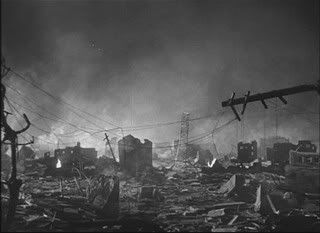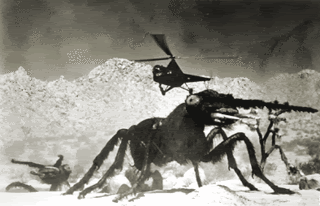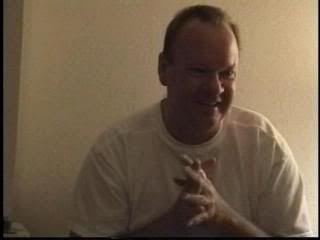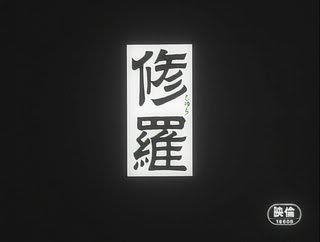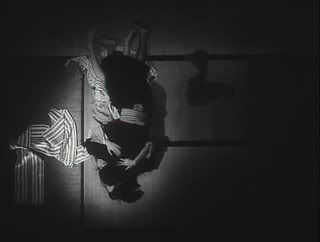Our memories are ghosts, our minds haunted houses. I stalk around mine every night, smoking cigarettes and pontificating, talking with my hands to the walls, stepping gingerly around the rooms that I've lived in, the girls I've loved, the girl I love, the people I've hurt. I have conversations with Mr. Murphy about the books that he told me to read. Last night I dreamed of my best friend from 8th grade, Rian. The last time I saw him he was bleeding onto my back porch and had a concussion. I step outside and it's the beach the sun blinding light. I remember the ocean, first and foremost, writing on the beach, thinking of myself as a novelist and not being sure why, exactly.
(Andrei Tarkovsky is, for me, the greatest filmmaker of all time; watching his films, akin to religious experiences. SOLARIS was the first that I saw, and the power that it has over me is incredible. From the first images and sounds of running water, to the final helicoptor shot of clouds and sky, it is an utterly flawless masterpiece of epic scope. Viewing the movie is a draining ordeal, something that I almost have to endure. I am not much for sentimentality and I hate love stories. I love that I can appreciate his work despite being on the other side of the metaphysical fence. His work is always humanistic, in spite of his Christian leanings, and he never rushes to judgement of Kelvin or his fellow scientists, despite at times taking science to task and questioning its utility in explaining the deepest problems of humanity. And things never get too dark, never drop off into utter despair. The film's ending is certainly ambiguious but one does not leave it with a sense of doom or gloom. Rather, Tarkovsky is suggesting that reality is open to interpretation, and seems to be saying that what is "real" to Kelvin may not be real to you or I, but just the same, he is entitled to live how and where he chooses. I love that Tarkovsky's work strives for the cosmos and never shies away from tackling the most troubling issues of morality and perception. At the same time, he grounds all of his musings in the hopes and losses of one lonely man who seems to have lost his purpose. I have one goal, and one goal only: to become the secular Tarkovsky.)
If I could live forever on an island made of memories it'd be just me and my brother and my second dog, Choo Choo.
(Andrei Tarkovsky is, for me, the greatest filmmaker of all time; watching his films, akin to religious experiences. SOLARIS was the first that I saw, and the power that it has over me is incredible. From the first images and sounds of running water, to the final helicoptor shot of clouds and sky, it is an utterly flawless masterpiece of epic scope. Viewing the movie is a draining ordeal, something that I almost have to endure. I am not much for sentimentality and I hate love stories. I love that I can appreciate his work despite being on the other side of the metaphysical fence. His work is always humanistic, in spite of his Christian leanings, and he never rushes to judgement of Kelvin or his fellow scientists, despite at times taking science to task and questioning its utility in explaining the deepest problems of humanity. And things never get too dark, never drop off into utter despair. The film's ending is certainly ambiguious but one does not leave it with a sense of doom or gloom. Rather, Tarkovsky is suggesting that reality is open to interpretation, and seems to be saying that what is "real" to Kelvin may not be real to you or I, but just the same, he is entitled to live how and where he chooses. I love that Tarkovsky's work strives for the cosmos and never shies away from tackling the most troubling issues of morality and perception. At the same time, he grounds all of his musings in the hopes and losses of one lonely man who seems to have lost his purpose. I have one goal, and one goal only: to become the secular Tarkovsky.)
If I could live forever on an island made of memories it'd be just me and my brother and my second dog, Choo Choo.







